Understanding Aluminum Foil Bags: Materials, Types, and Applications
Many customers know the term “aluminum foil bag” but don’t fully understand what it’s made of or how it’s produced. Contrary to popular belief, these bags aren’t made purely from aluminum foil—they are multi-layered composite materials designed for durability, barrier protection, and functionality.
In this guide, we’ll break down the key materials used in flexible packaging, including aluminum foil bags, to help you choose the right solution for your products.
1. HDPE (High-Density Polyethylene / Low-Pressure Polyethylene)
- Characteristics:
- Stiff, brittle, and low stretchability
- Makes a crisp sound when crumpled
- Applications:
- Common shopping bags (e.g., supermarket carry bags)
- Low-cost, single-layer PO bags
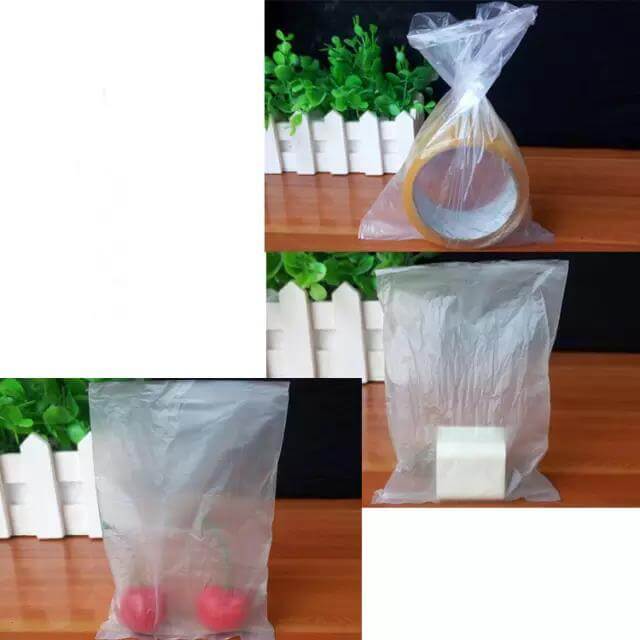
2. LDPE (Low-Density Polyethylene / High-Pressure Polyethylene)
- Characteristics:
- Soft, flexible, and highly transparent
- Smooth texture; thicker films are stiffer
- Applications:
- Used in standalone bags (similar to HDPE but more pliable)
- Budget-friendly packaging for lightweight products
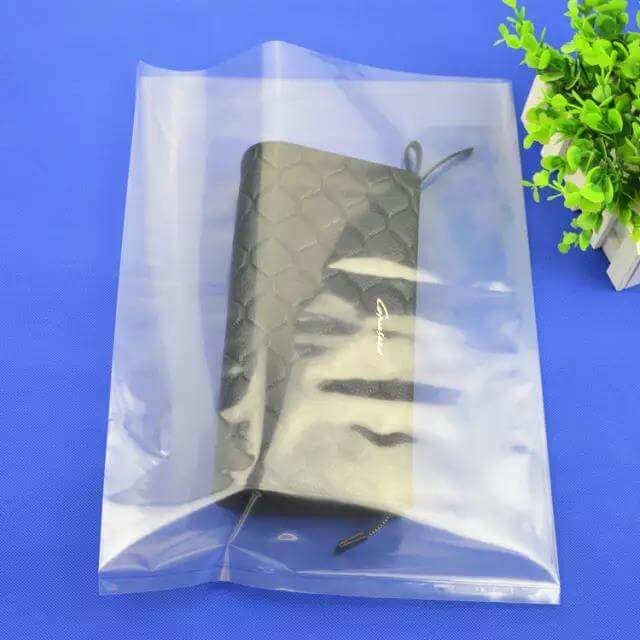
3. OPP (Oriented Polypropylene)
- Characteristics:
- Extremely clear and brittle
- Poor tensile strength—easily tears
- Difficult to print (ink adhesion issues)
- Applications:
- Retail packaging (e.g., snack bags, candy wrappers)
- Requires careful handling due to low durability

4. CPP (Cast Polypropylene / Unstretched Polypropylene)
- Characteristics:
- High clarity, harder than PE films
- Excellent for laminations (commonly used as a base film)
- Applications:
- Composite films for food packaging
- Retort-grade CPP for boilable/sterilizable pouches
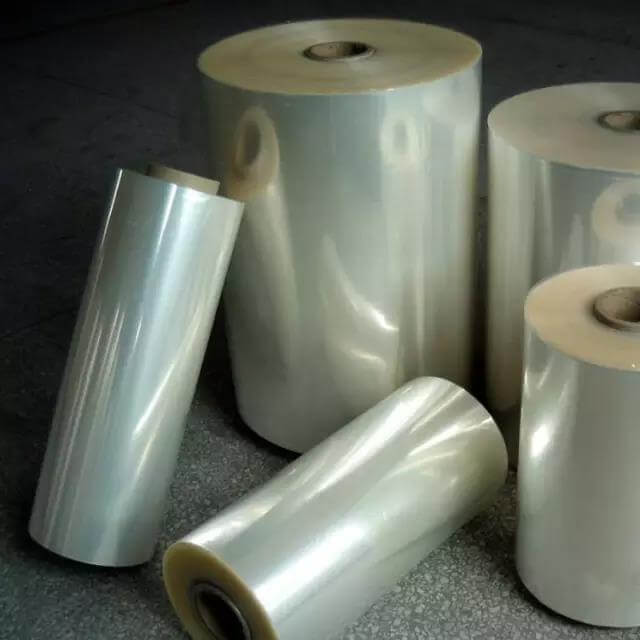
5. PET (Polyethylene Terephthalate)
- Characteristics:
- High transparency & glossy finish
- Stronger than PVC and polystyrene
- Resistant to cracking
- Applications:
- Composite packaging (e.g., snack bags, pet food)
- Often combined with aluminum foil for enhanced barrier properties
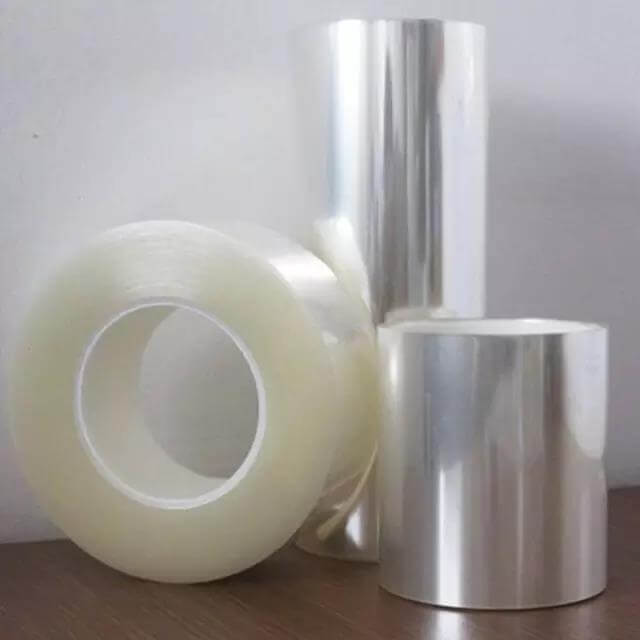
6. PA (Nylon / Polyamide)
- Characteristics:
- High heat resistance (good for boiling/sterilization)
- Flexible & durable
- Applications:
- Retort pouches (ready-to-eat meals, pet food)
- Often laminated with other films for strength

7. Aluminum Foil (AL)
- Characteristics:
- Made from high-purity aluminum, rolled into ultra-thin sheets
- Excellent light/oxygen/moisture barrier
- Metallic sheen, high reflectivity
- Non-corrosive, preserves aroma & freshness
- Challenges:
- Poor adhesion—requires lamination to prevent delamination
- Applications:
- Food packaging (coffee, snacks, pharmaceuticals)
- Medical & industrial barrier bags
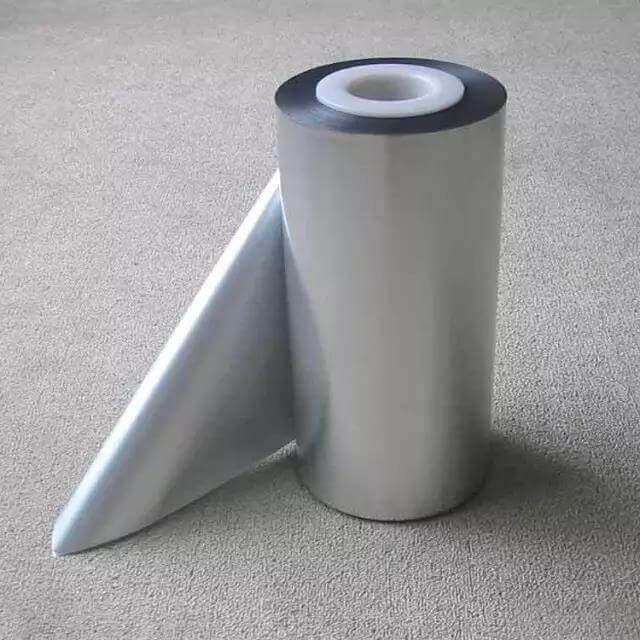
Why Are Most Foil Bags Multi-Layered?
While aluminum foil provides superior barrier protection, it cannot function alone as a bag. Instead, it is laminated with other plastics (PET, PE, PA) to:
✔ Enhance durability
✔ Improve heat-sealability
✔ Prevent foil cracking
For example, a typical aluminum foil bag structure might be:
PET (outer layer) → Aluminum Foil (barrier) → PE (sealant layer)
How to Choose the Right Material?
Since many films look similar (transparent, glossy), selection depends on:
✅ Barrier requirements (moisture, oxygen, UV)
✅ Heat resistance (boilable, retort-safe)
✅ Printability & aesthetics
✅ Cost efficiency
Conclusion: Aluminum Foil Bags Are More Than Just Foil!
Understanding the composition of flexible packaging helps businesses select the best materials for their needs. Whether you need high-barrier aluminum foil bags or cost-effective PE/OPP pouches, the right combination of films ensures product protection and shelf appeal.
Looking for custom aluminum foil bags? Contact us today for expert solutions tailored to your industry!
